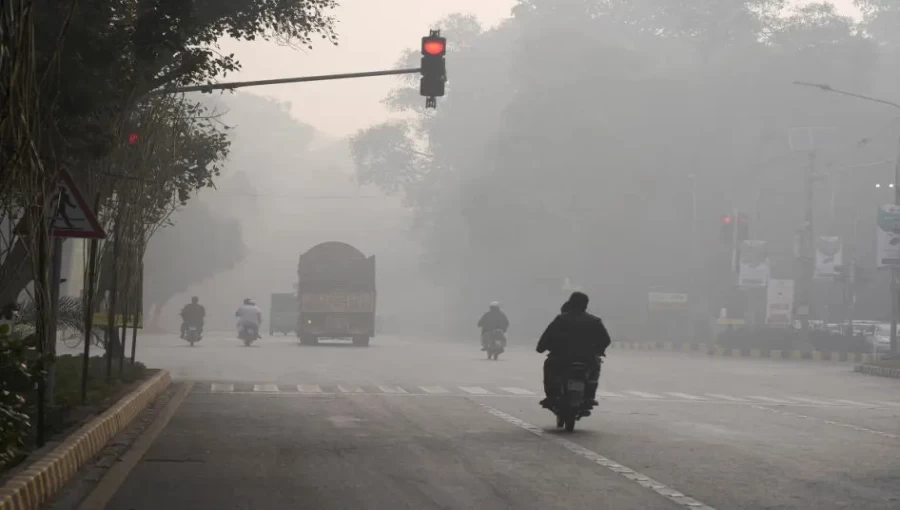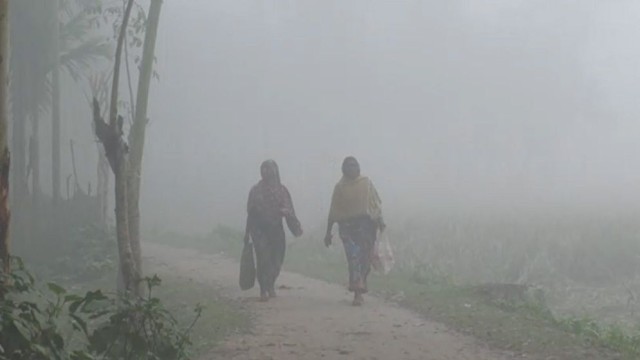According to the air quality index (AQI), Dhaka, the capital city of Bangladesh, ranked 10th on the list of cities with the worst air quality. At 9:10 am on May 17, 2024, Dhaka had an AQI index of 127, which classified the air as "unhealthy".
AQI Categories and Health Effects
The AQI value provides information about the cleanliness or pollution level of the air in a specific city and the associated health effects. The AQI is based on five pollutants: particulate matter (PM10 and PM2.5), NO2, CO, SO2, and ozone. Here are the different AQI categories and their corresponding health effects:
- Moderate (AQI 50-100): Air quality is considered moderate, and sensitive individuals should consider limiting prolonged outdoor exertion.
- Unhealthy for Sensitive Groups (AQI 101-150): Air quality is considered unhealthy for sensitive groups.
- Unhealthy (AQI 151-200): Air quality is considered unhealthy.
- Very Unhealthy (AQI 201-300): Air quality is considered very unhealthy.
- Hazardous (AQI 301+): Air quality is considered hazardous, posing serious health risks to residents.
Comparison with Other Cities
India's Delhi, Pakistan's Lahore, and the Democratic Republic of the Congo's Kinshasa occupied the first, third, and fourth spots on the list of cities with the worst air quality, with AQI scores of 216, 188, and 174, respectively.
Air Pollution in Dhaka
Dhaka has long been grappling with air pollution issues. Its air quality usually turns unhealthy in winter and improves during the monsoon. Observing pollution readings taken over the years, Bangladesh has severe pollution issues, ranking as the most polluted country worldwide. Dhaka, as the capital city, also faces significant pollution challenges.
Impact of Air Pollution
Air pollution is a global concern and has severe health consequences. According to the World Health Organization (WHO), air pollution causes an estimated seven million deaths worldwide each year. The increased mortality is mainly due to stroke, heart disease, chronic obstructive pulmonary disease, lung cancer, and acute respiratory infections.































Comment: